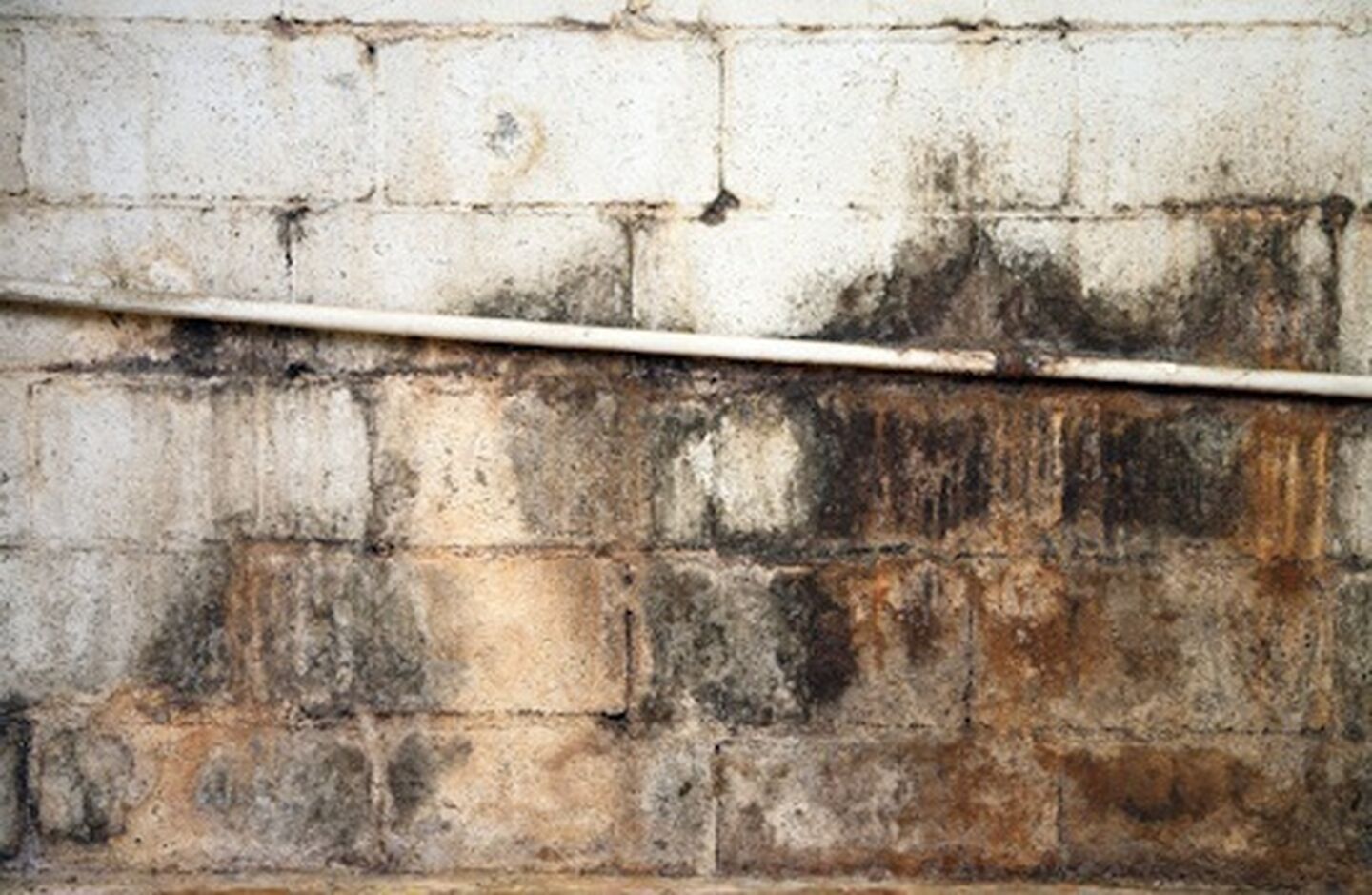Basement Mold in Chicago Can be Prevented with Basement Waterproofing

Mold is a simple fungus but it can cause serious health problems for residents of a home inflicted with it. There are many forms of mold and all grow from spores and need three things to survive – moisture, warmth and food.
The tricky thing about mold is that its spores can survive for long periods of time in conditions that do not support mold growth. For example, mold spores in a basement can survive a long dry spell only to spring to life when water enters the basement where they are.
The key to stopping or preventing mold growth in a home is to eliminate at least one of the fungus’ requirements for life. Unfortunately, food for mold will always be present in a home with the most prevalent being the lumber used for construction and still exposed, such as the subfloors and floor joists visible in the typical basement. Drywall, wool rugs and upholstery and other organic matter are also on mold’s menu.
Warmth also will always be present in a home if it is to be suitable for occupancy so that leaves only one leg of the “mold triangle” for the homeowner to work on: moisture.
Basement Mold in Chicago is Prevented by Removing Water from the Basement
The key to preventing the deleterious effects of mold on the family living in a home is to eliminate all sources of moisture in the basement.
If the basement shows no signs of standing water, humidity must be high if mold is growing and spreading. Humidity can be controlled by installing a basement dehumidifier and setting it to keep humidity at a level of 30 – 50%, recommended by the US EPA and the American Medical Association. This will also eliminate musty odors, condensation and bugs.
If water is entering the basement in liquid form through a crack or other source then a basement waterproofing application is needed to stem the growth of mold.
Cracks – The most common source of water in a poured concrete basement is a non-structural crack in a wall. These cracks can be caused by settlement or lateral pressure from over-saturated soil and are best repaired by injecting them with expanding polyurethane to fill and seal them. Cracks that cannot be accessed from inside the basement can be repaired on the outside with a barrier of sodium bentonite clay.
Cove Seepage – Another common source of water in the basement is seepage between the wall and floor, known as the “cove joint,” or through cracks in the floor. Both of these types of seepage are caused by hydrostatic pressure in the soil below and can be stopped or prevented by installing interior drain tile. Perforated pipe buried in washed gravel under the floor eases the pressure and collects water and carries it to a sump pump for disposal.
Wall Seepage – Concrete walls can admit water through porous patches or over the top of the wall; masonry walls through cracked or deteriorated mortar joints or through porous masonry units like concrete block or brick. Any of these problems can be solved by applying an exterior waterproofing membrane of asphalt-modified polyurethane to the exterior to form a permanent water barrier.
When a homeowner has moisture or water problems that are promoting the growth of mold, he or she needs the services of a basement waterproofing contractor that can diagnose and solve them quickly and cost-effectively. At U.S. Waterproofing, we have installed the Santa Fe basement dehumidifier system for hundreds of homeowners with high humidity in their basements and have also diagnosed and solved basement water problems for more than 300,000 satisfied customers since our founding in 1957. Why not ask for our free advice to prevent mold from cropping up in your basement?




